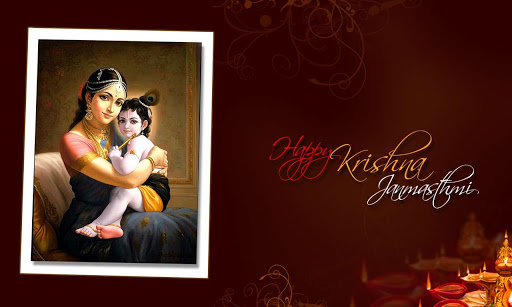SHARDIYE NAVRATRI
SHĀRDIYE NAVRĀTRI
Navrātra is one of the major festival of peoples of Sanātan dharma (religion) all across the world. ‘Navrātra’ is a Sanskrit word, formed by combination of two words ‘Nav’ meaning nine and ‘Rātra’ meaning night. The festival is dedicated to Goddess Durgā and her nine forms that are worshipped every day starting from Pratipadā to Navami. The nine form of Goddesses are:
1. Shailputri
2. Brahmachārini
3. Chandraghantā
4. Kushmandā
5. Skandamatā
6. Katyāyani
7. Kālrātri
8. Mahāgauri
9. Siddhidātri
It
is considered as the best time to worship Ādi Shakti. There are 4 Navrātra in a
Samvatsar (year). The 9 days from Pratipadā to Navami of Shukla-paksh (Waxing
Moon period) of Sanātan month Chaitra, Āshād, Ashwin and Māgh are celebrated as
Navrātra. Out of these 4 Navrātra, 2 are incognito and 2 are manifest.
Rām-Navami comes at the end of Chaitra Navrātri and Durgā-Navami
comes at the end of Shārdiye Navrātri.
The
Shārdiye Navrātri is given special importance for the devotees. In Durgā
Saptashati, the Goddess herself states:
शरत्काले महापूजा क्रियते या च वार्षिकी।
तस्यां ममैतन्माहात्म्त्यं श्रुत्वा भक्तिसमन्वित:।।
Meaning: On the occasion of my annual Mahapujā which is performed in the Navrātri of Autumn, whoever will listen to my greatness devotionally, that person will be freed from all the wagons with my offerings and will be blessed with a son.
सर्वबाधा विनिर्मुक्तो, धन धान्य सुतान्वितः।
मनुष्यों मत्प्रसादेन भविष्यति न संशयः॥
-- अध्याय १२,
श्लोक १२-१३
(Chapter-12, St. 12-13)
Meaning:
Every person who consumes my offerings will be freed from all obstacles and
will be blessed with money, grain and son and there is no doubt in it.
This festival is widely celebrated in Gujarāt. Navrātri celebrations in Gujarāt are known as Dāndiya and Garbā . It lasts all night. Dāndiya's experience is extraordinary. Garbā, as a devotional performance in honour of the goddess, is performed before the 'Ārti' and the Dāndiya ceremony is thereafter.
The celebration of this wonderful festival is celebrated by publishing the majestic quarter of South, Mysore, throughout the month.








Comments
Post a Comment